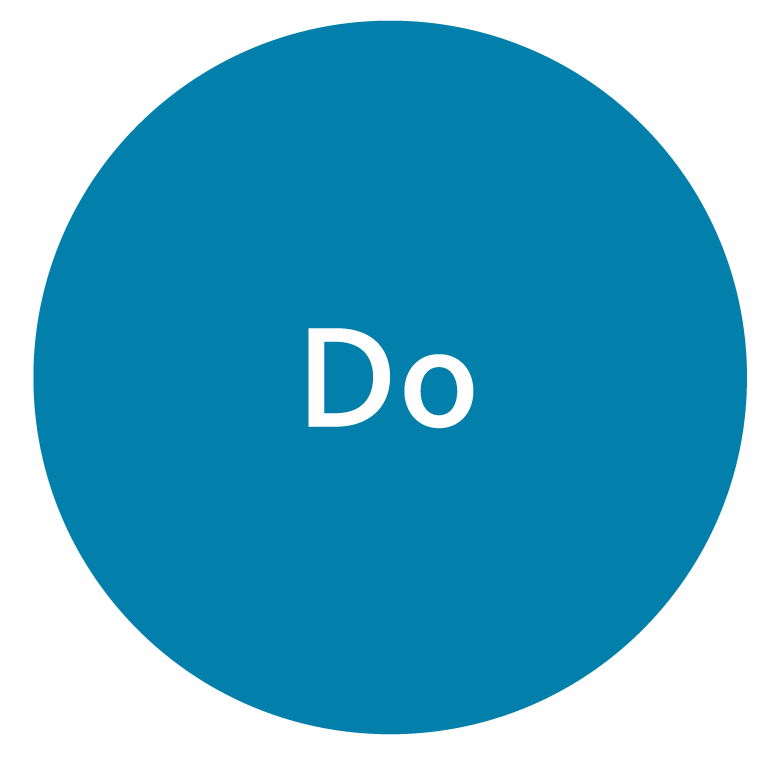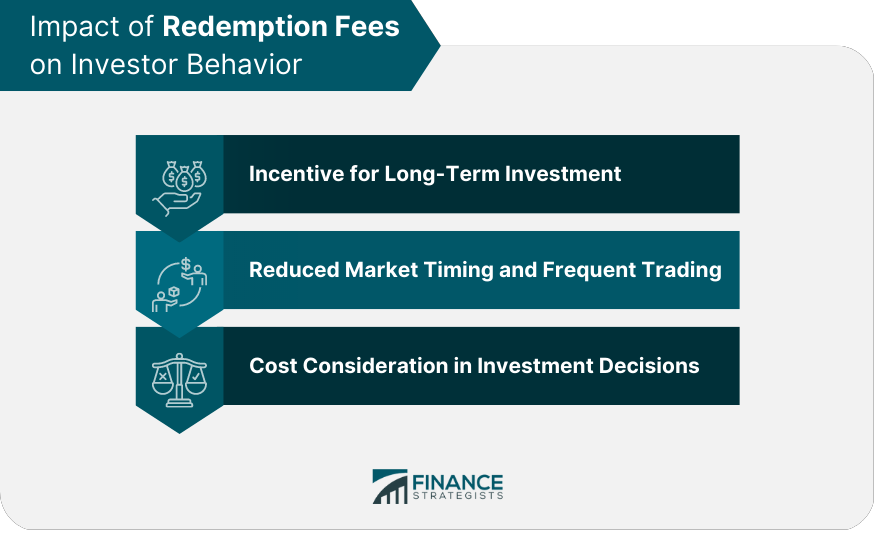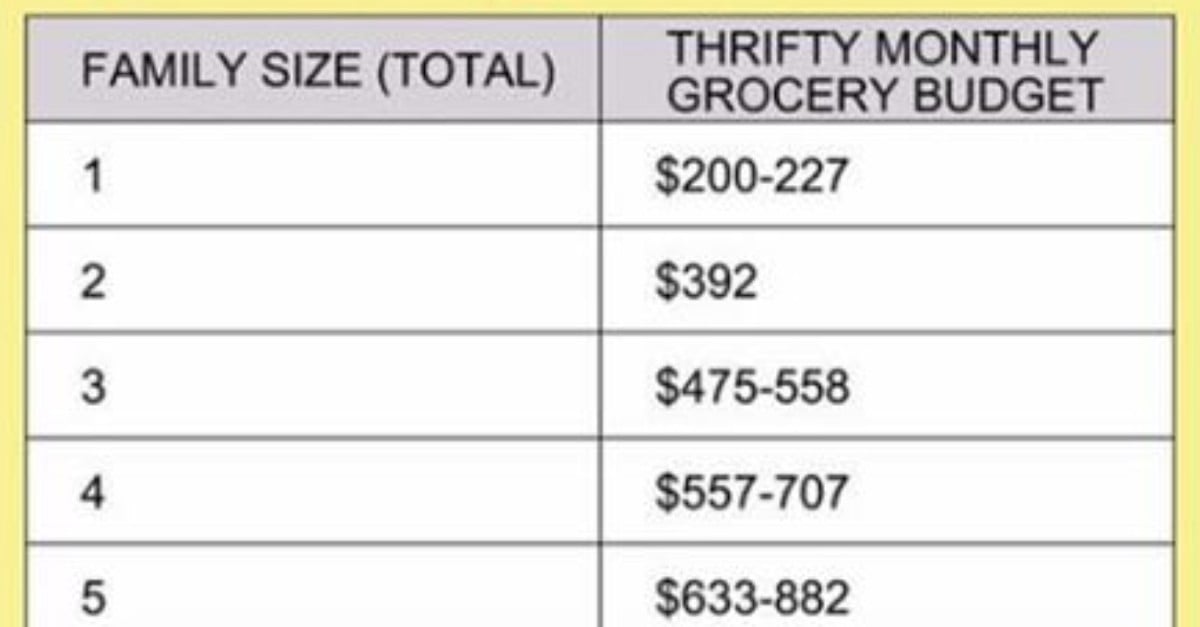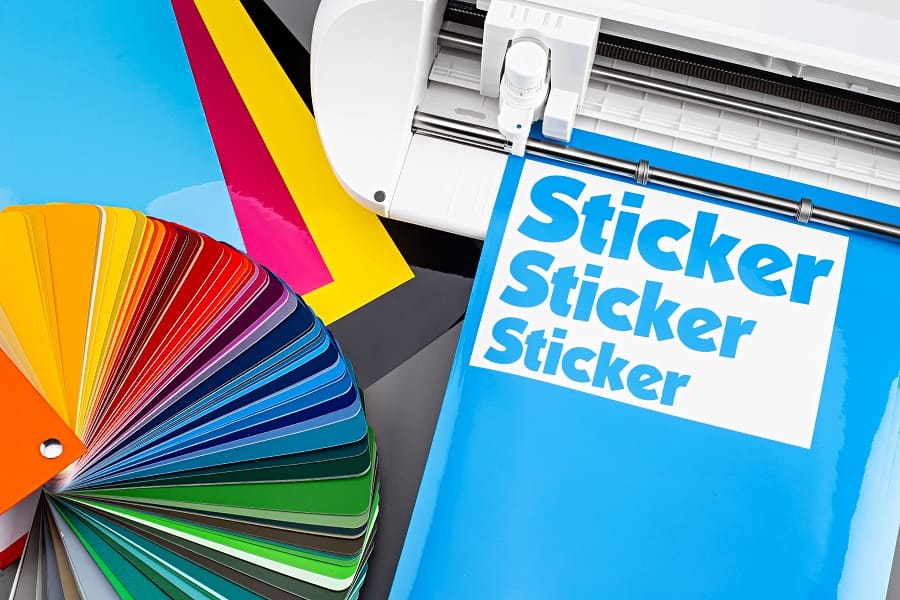Should You Finance a Motorcycle? A Practical Guide to Decide, Compare, and Act
Overview: When Financing a Motorcycle Makes Sense
Financing a motorcycle can make sense if you have stable income, strong credit, room in your budget for monthly payments, and a clear need for the bike-especially as a primary mode of transportation. Many lenders treat motorcycles as higher risk than cars, which can mean higher rates and tighter terms, so careful comparison is essential [1] . Buying with cash avoids interest and reduces financial stress, but responsible financing can help you get on the road sooner and may build credit if paid on time [2] .
Pros and Cons of Financing vs. Paying Cash
Financing-Pros: You can acquire a newer or more reliable bike sooner, spread costs over time, and potentially build credit with on-time payments. If the bike is your primary transportation, a well-structured loan may be practical, and payments may be lower than a typical car loan, though this varies by lender and borrower profile [1] .
Financing-Cons: Expect interest charges, possible fees, and higher average rates than comparable car loans. Dealers may approve more easily but often at higher APRs and with less transparency, so you should comparison-shop beyond a single showroom offer [3] . Lenders view many motorcycle purchases as discretionary, which can limit favorable terms-especially if your credit is average or thin [4] .
Paying Cash-Pros: No interest, no monthly obligation, and more negotiating leverage. Buying outright is often safer for first-time riders or those without experience managing installment debt [2] .
Paying Cash-Cons: You may wait longer to buy, settle for an older bike, or deplete savings you need for emergencies. If the bike is essential transportation and you have strong credit and stable income, financing may be reasonable if you keep the total cost within budget [1] .
Key Factors to Decide
1) Purpose of the Bike: If it’s your daily transport, a loan can be justified. If it’s a hobby or luxury, many advisors recommend saving and paying cash unless you have ample emergency funds, low debt, and consistent surplus income [1] .
2) Total Cost of Ownership (TCO): Budget for insurance, safety gear, registration, taxes, maintenance, and possible extended coverage. These costs can materially change affordability and should be calculated upfront to avoid strain [2] [5] .
3) Credit and Rates: Many lenders reserve the best motorcycle rates for higher credit tiers (commonly 700+), and unsecured options typically cost more than secured, collateralized loans. Longer terms lower monthly payments but generally increase total interest paid over the life of the loan [5] .

Source: motorbiscuit.com
4) Down Payment and Equity: A larger down payment can reduce your rate, shrink monthly payments, and lower the risk of owing more than the bike’s value. Riders who can comfortably afford a substantial down payment often pay off early and save on interest [4] .
Financing Options Compared
Dealer or Manufacturer Financing: Convenient one-stop approval and broad bike selection, but you may face higher rates or less-transparent terms. Always compare outside offers; convenience should not outweigh total cost [3] .
Bank or Credit Union Loans: Often competitive for well-qualified borrowers, especially secured loans where the bike serves as collateral. Unsecured personal loans don’t use the bike as collateral but may have higher rates and stricter credit requirements [1] [5] .
Online Lenders and Marketplaces: Useful for quick comparisons of APRs, fees, and terms. You can prequalify with a soft inquiry in many cases, then use that information to negotiate or choose a better offer [1] .
Step-by-Step: How to Finance a Motorcycle Responsibly
Step 1: Check and Strengthen Credit. Review your credit score and reports. Aim for a stronger tier (often 700+ is more favorable for rates and approvals). If possible, pay down revolving balances, correct errors, and avoid new credit until after funding [5] .
Step 2: Set a Conservative Budget. Decide on a maximum monthly payment and total cost. Include insurance, registration, taxes, gear, and ongoing maintenance. Consider shorter terms to minimize total interest, but ensure the monthly amount fits comfortably after essentials and savings [5] [2] .
Step 3: Compare Multiple Offers in a Short Window. Collect quotes from a dealer/manufacturer program, a local credit union or bank, and at least one reputable online lender. Many credit models treat multiple loan inquiries within a short period as one shopping event; keeping applications close together may limit impact on your score. Confirm APR, term, total interest, fees, prepayment rules, and collateral requirements before deciding [5] .
Step 4: Decide on Secured vs. Unsecured. Secured loans (bike as collateral) may offer lower APRs but risk repossession if you default. Unsecured personal loans don’t place a lien on the bike but often require stronger credit and come with higher rates. Choose based on your credit strength and risk tolerance [5] [1] .
Step 5: Negotiate Price and Terms Separately. First, negotiate the bike’s out-the-door price (including taxes and fees). Then evaluate financing. Avoid extending the term simply to “fit” the payment; the longer the term, the greater the total interest paid [5] .
Step 6: Plan for Early Payoff or Extra Principal. If there’s no prepayment penalty, consider adding modest extra principal each month or making one extra payment per year to reduce interest. Confirm how your lender applies additional principal before sending extra funds [5] .
Real-World Scenarios
Scenario A: Commuter Upgrade. You rely on two wheels daily and need reliability. Your credit score is strong, and you can manage a 20% down payment. You compare a credit union secured loan and a dealer promo. The credit union offers a lower APR and no prepayment penalty, making it a better long-run choice. You choose a shorter term to cap total interest and set automatic payments to avoid late fees [5] [3] .
Scenario B: Weekend Rider. The bike is a luxury. Your emergency fund is small and credit is average. Based on cost and risk, you decide to wait, save aggressively, and buy used for cash. This approach avoids higher interest and the strain of a discretionary loan, echoing advice many experienced riders share about avoiding payment pressure for hobby machines [2] [4] .

Source: serreblogging.weebly.com
Scenario C: Thin Credit File. You lack established credit. A dealer is willing to approve, but the APR is high. You compare unsecured options and find them more expensive. You build credit for six months-keeping utilization low and paying on time-then reapply. With an improved score, a credit union secured loan becomes affordable, highlighting the value of patience and preparation [5] .
Common Pitfalls and How to Avoid Them
Stretching the Term: Lower payments can mask higher total costs. Favor the shortest comfortable term and verify the total interest you’ll pay over the life of the loan [5] .
Taking the First Offer: Dealer approvals can be easy but expensive. Always check at least one bank or credit union and one reputable online option before signing [3] [1] .
Ignoring Ownership Costs: Gear, insurance, maintenance, and registration can turn an affordable payment into a budget buster. Price these line items before committing to a loan amount [2] [5] .
Skipping Prepayment Checks: If you plan to pay extra, confirm there’s no penalty and that extra funds reduce principal immediately [5] .
Action Plan: If You Want to Proceed
1) Define your monthly limit and down payment target, including TCO.
2) Check your credit and, if needed, spend 60-90 days improving it before applying.
3) Obtain quotes the same week from: a local credit union or bank (ask about secured motorcycle loans), the dealer/manufacturer program, and a reputable online lender.
4) Compare APR, term, fees, lien/collateral requirements, prepayment rules, and total interest.
5) Negotiate the bike’s out-the-door price first. Only then finalize financing.
6) Set up autopay, consider extra principal, and review your insurance coverage annually.
Action Plan: If You Prefer to Pay Cash
1) Set a realistic savings timeline and budget a fixed weekly amount.
2) Consider a reliable used bike with documented maintenance to stretch your dollars.
3) Keep an emergency fund intact; do not drain essential savings.
4) Revisit the market monthly and be ready to act when a well-maintained option appears.
Bottom Line
Finance a motorcycle only when the bike serves a clear purpose, your budget comfortably supports the full cost of ownership, and you’ve compared multiple, verified offers. If the purchase is discretionary and your financial foundation is still forming, saving and paying cash often reduces risk and total cost [1] [2] [3] .
References
[1] Credible (2025). Motorcycle Loans: How to Finance Your New Bike in 2025.
[2] Hobby Biker (2025). Financing vs. Buying Your First Motorcycle: Pros and Cons.
[3] myAutoloan (2022). Pros and Cons of Financing Options.
[4] YouTube (2020). Should I Finance a Motorcycle?
[5] Space Coast Credit Union (2025). The Florida Financing Guide to Motorcycle Loans.
MORE FROM jobsmatch4u.com













